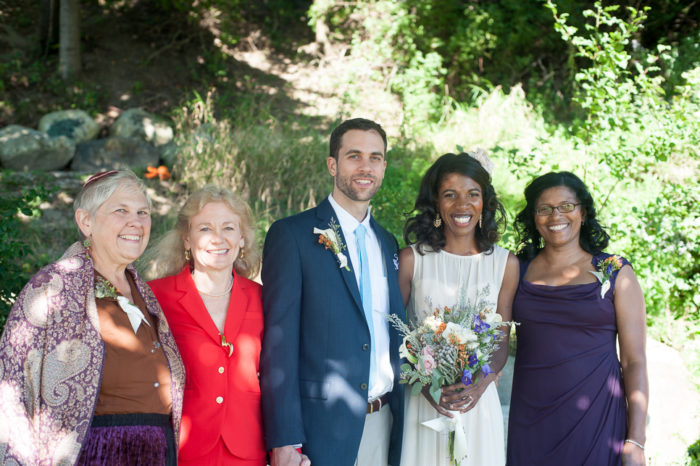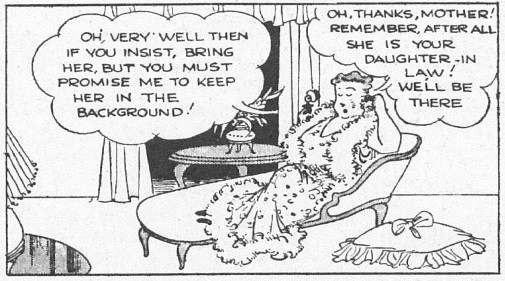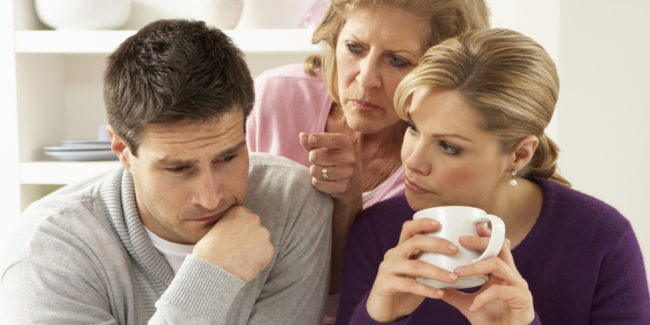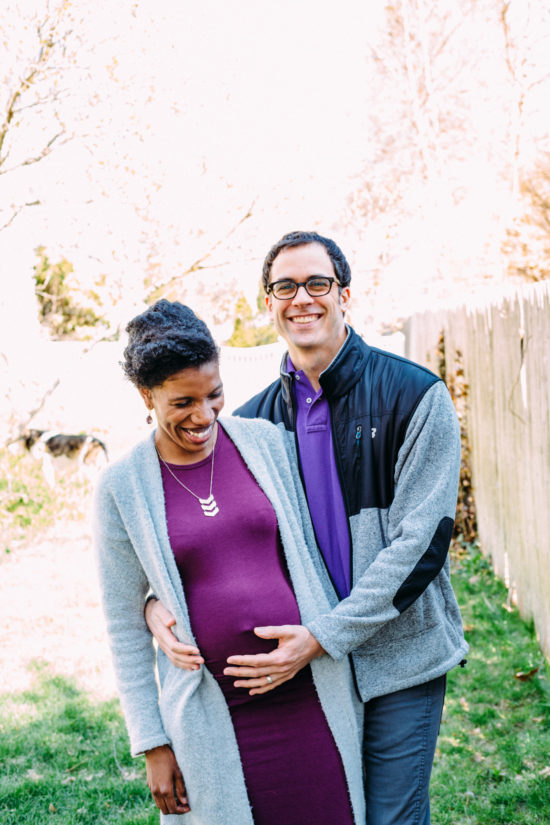by Edwige Charlot, Guest Blogger
This post is a response to “Why Do Mothers-in-Law Get A Bad Rap?” published on WOW on June 20th .
From my time as the girlfriend, I knew that if my then boyfriend and I ever got married I’d be marrying into his family. By the time we were engaged, I was already well versed in the mother- in-law stereotype from my years of obsessively watching romantic comedies and indie romance films.
I knew all about the monster-in law-archetype. I also had noticed that when the mother-in-law’s relationship to the film’s lead wasn’t the primary plot point (like Monster-in-Law), most of the depictions of the mother-in-law fell somewhere in the range of eccentric, o’naturale new age mom to uptight mother-of-the-year.
One could consider the stereotype of the strained, tumultuous mother-daughter-in-law relationship as a manifestation of our western society’s internalized misogyny and sexism.
Internalized sexism? Misogyny? Yes, it’s true. As Pat pointed out in, “Why Do Mothers-in-Law Get a Bad Rap? she was “was indoctrinated into the monster-in-law image.” You can’t turn on a television show or movie without encountering these gender stereotypes.
I think people are looking for a simplified way to talk about a relationship between two people that is complex and fairly nuanced. I’ve had to figure out my relationship to my partner’s mother but it doesn’t mean that we fight over his attention.
I have discovered that our relationship has required more intention. It wasn’t just about who was hosting the next holiday; our family had to get clear on what holidays we were going to observe and with whom. My immediate family straddles two faiths, two cultural backgrounds, two homelands and two races. One could argue that this would be a recipe for disaster, and in some ways it has and others, not.

Wedding photo of Edwige and Ben with her two mothers-in-law. (Ben’s adoptive mother in purple shawl, Birth Mother in red and Edwige’s Mother in purple dress)
I actually have two mothers-in-law. My partner was adopted as a baby. In his young adulthood, he met his birth mother. We all happen to live in the same state within close proximity of one another. Our most significant challenge has been rooted in the fact that we are part of completely different generations.
My Baby Boomer in-laws witnessed and benefited from the First and Second Feminist waves, whereas I, a Millennial, have had to endure the backlash of the most recent wave (see Men’s Rights Movement, proliferation rape culture, and institutionalized sexism.) The differences of our lived experiences probably accounts for the majority of our misunderstandings and miscommunications.
So, why do I think that mothers-in-law get a bad rap? My own theory is that this myth exists as a male-centric narrative (mother and daughter vying for son/husband’s attention) to keep patriarchy intact.
Who benefits from the mother and daughter-in-law rift? The ones who hold the power: male heads of households and adult sons.
It’s essential to challenge simple, false narratives that perpetuate pettiness, competition, and resentment. This is yet another reason why intergenerational and intersectional feminism is necessary.
Since getting married almost four years ago, I’ve had the privilege to get to know my partner’s mothers better. We have tried to understand one another as individuals. I have found this foundation has provided our family with the opportunity to be collaborative, communicative and open. The challenges of balancing life, family and work as a working mother have made me more dependent on them. They care for my son in ways that I never could. They’ve enriched and continue to enrich my life through him.
Edwige Charlot lives and works in Portland, Maine. She’s the founder of Creative Approach Co., a strategy and design consultancy.




